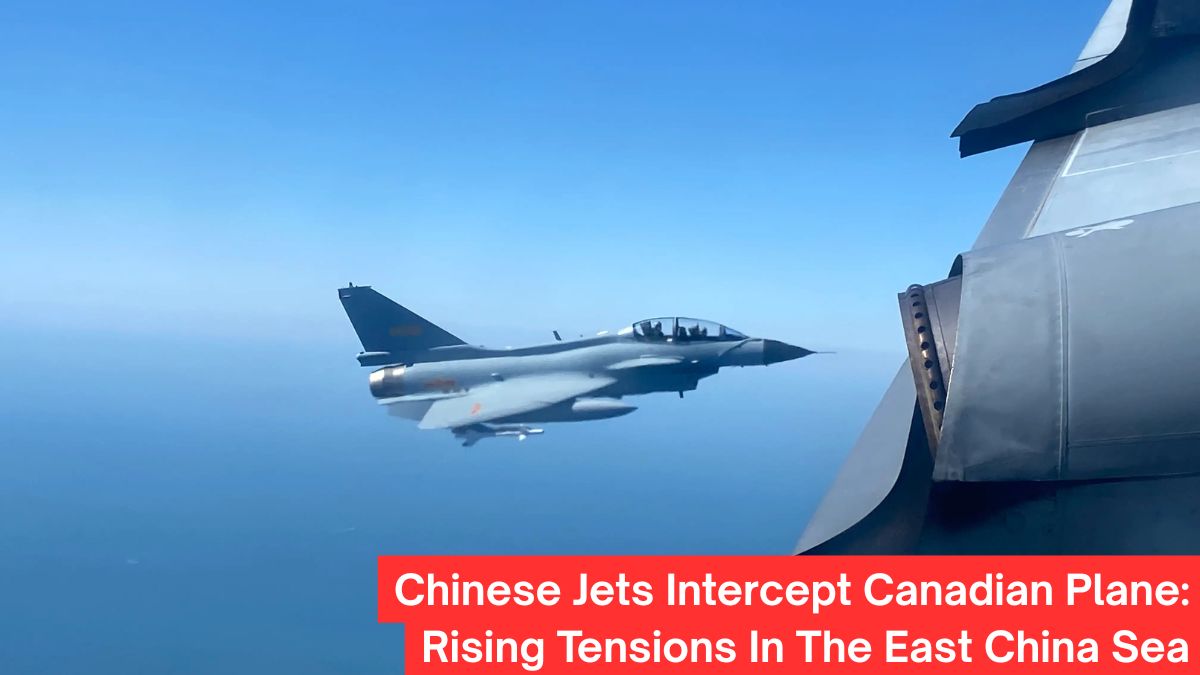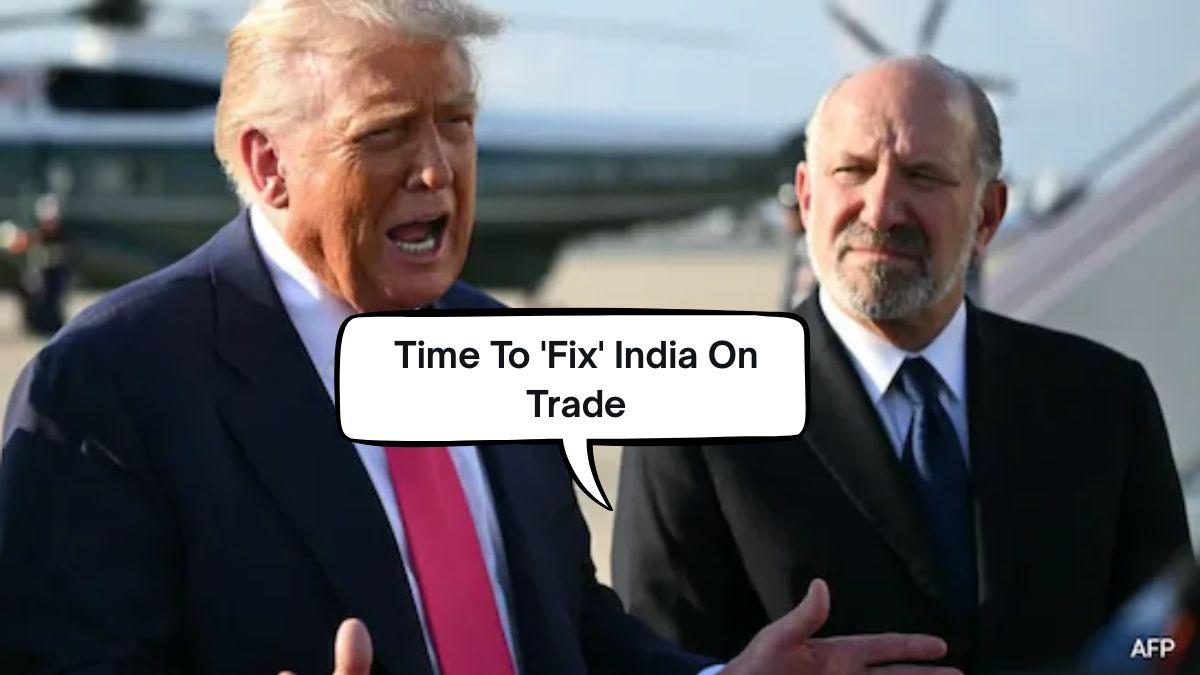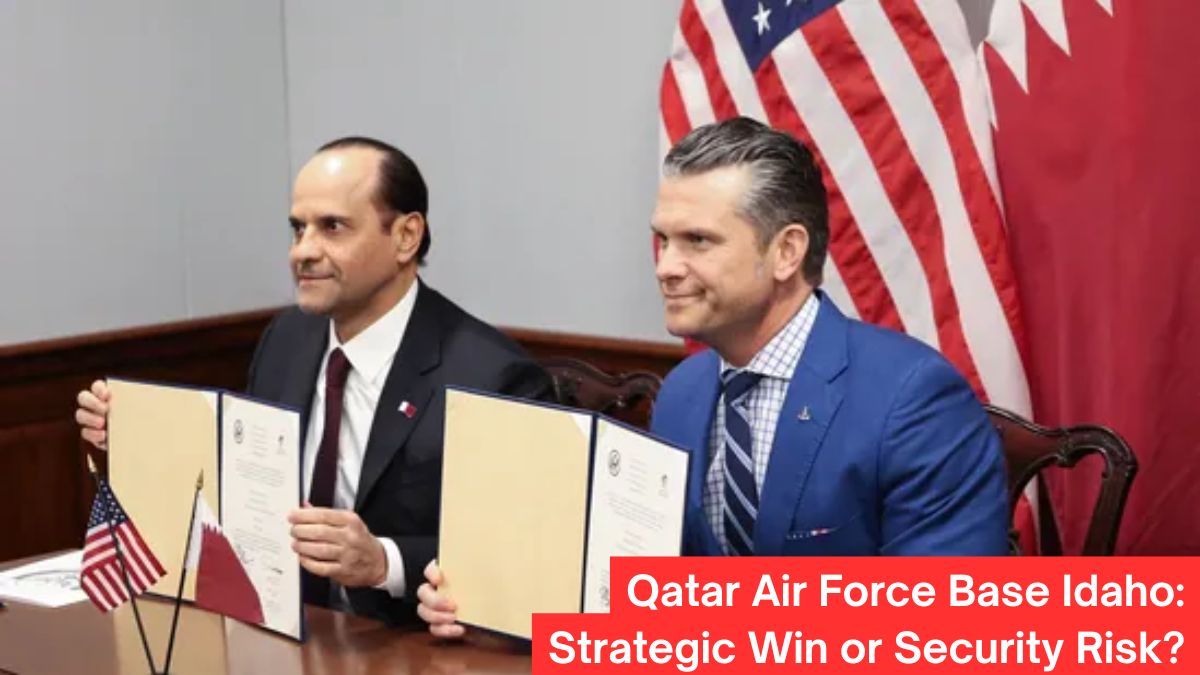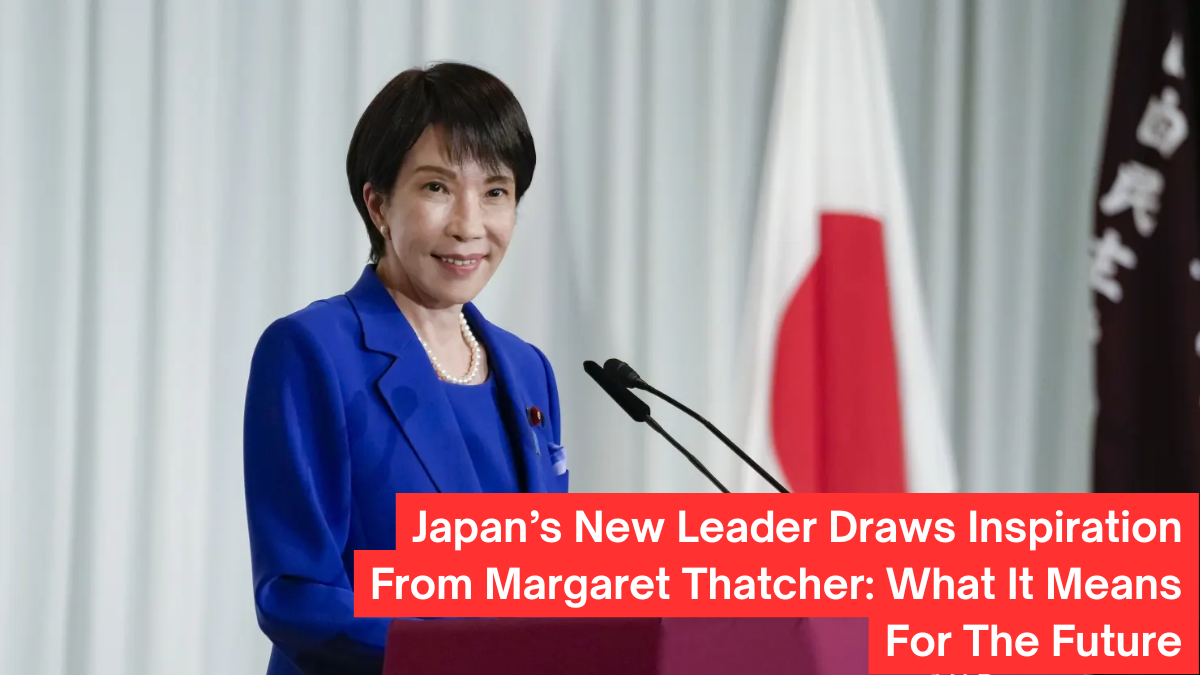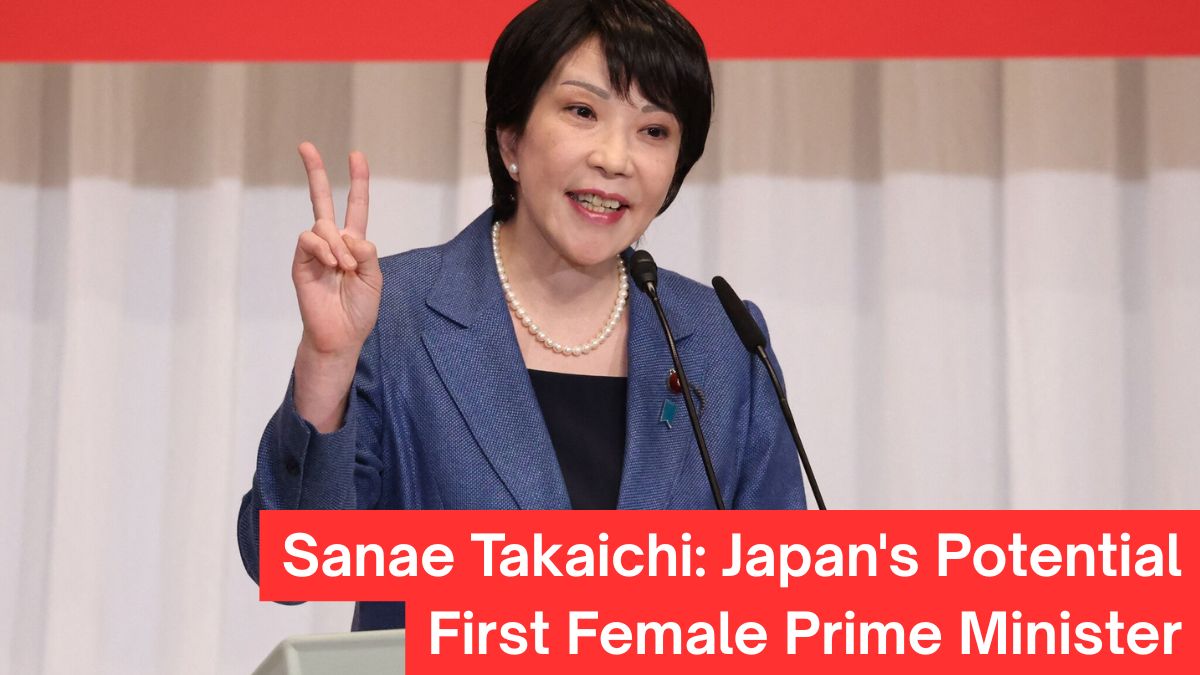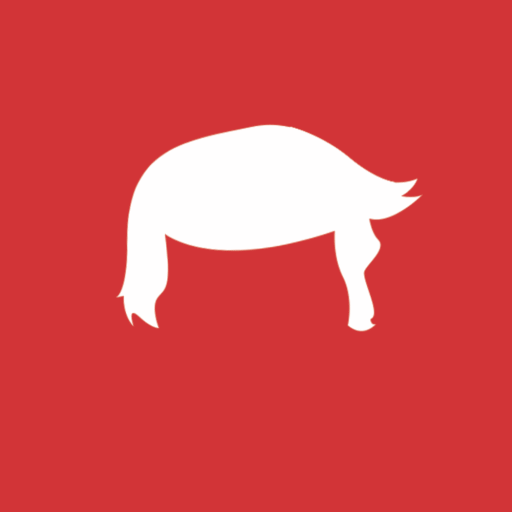On October 6, 2025, a Canadian surveillance plane on a UN mission had a tense encounter over the East China Sea when a Chinese fighter jet got within 200 feet of it and its missiles were clearly visible. The event quickly got the world’s attention, raising worries about flight safety, security in the region, and the growing tensions between China and its Western allies.
Key Takeaways
- A Chinese fighter jet came dangerously close to a Canadian surveillance plane over the East China Sea.
- The aircraft was conducting a UN mission under Operation NEON, monitoring North Korean ships violating sanctions.
- China called it a matter of national security, while Canada termed the intercept unsafe and unprofessional.
- The incident adds to a pattern of increasing military tension in the region.
What Went Wrong
The Canadian CP-140 Aurora plane was part of Operation NEON, a UN-approved mission to enforce sanctions on North Korea. The mission started at Japan’s Kadena Air Base and was mostly about finding North Korean ships that were involved in illegal trade.
Chinese supersonic jets stopped the plane several times during the patrol. One of them, armed and flying fast, got within 200 feet of the other. The Canadian crew stayed calm and made it clear over the radio who they were and what they were doing: “I’m a Canadian aircraft operating in international airspace, carrying out duties of all nations.”
CBS News, which had a crew on board, says that the Chinese jets followed the Canadian plane for almost 30 minutes before turning back.
Why It Matters
The most recent event brings up some important issues:
- Tensions are rising: China sees Western surveillance near its borders as a threat, but allies like Canada say they are doing their UN duties.
- Risks to Safety: These close passes make mid-air collisions much more likely. Brigadier General Jeff Davis of the Canadian Armed Forces stressed that intercepts must stay “professional and safe.”
- Strategic Competition: The East China Sea is still a major flashpoint where China’s aggressiveness goes against Western efforts to protect freedom of navigation.
A Bigger Picture
The situation is part of a bigger geopolitical fight. North Korea is thought to have about 50 nuclear warheads and still depends on China and Russia for diplomatic and economic help, which makes it harder for the UN to enforce its rules.
Conversations on social media, especially X (formerly Twitter), have made the problem worse. Some users posted older videos of jets doing similar things, which made it look like there was a pattern of aggression. Some people criticized Canada’s readiness for defense, saying that it relied on U.S. help for air defense.
Table: Roles Of Key Players
| Country | Role |
|---|---|
| Canada | Conducts UN surveillance missions to enforce sanctions on North Korea. |
| China | Intercepts foreign aircraft near its claimed territories, citing security concerns. |
| North Korea | Continues illegal trade activities despite sanctions, backed by China and Russia. |
| United States | Supports allies like Canada and maintains naval operations in the region. |
What’s Next
Canada has officially complained about the intercept, saying it was unprofessional and dangerous, and has asked Beijing for an explanation. The move could help allied countries work together better to stop China’s growing power in East Asia.
This event is a reminder to the world that military mistakes in disputed airspace can quickly get out of hand. To keep the region stable, it’s important to make sure that communication lines are open and that people respond in a measured way.
